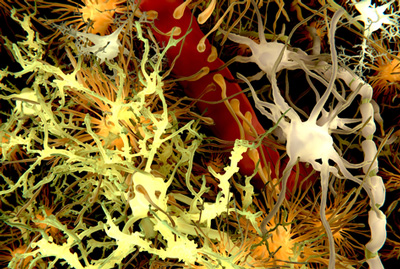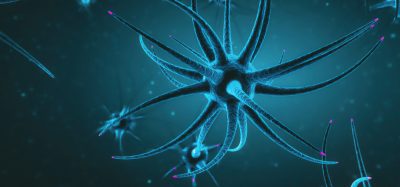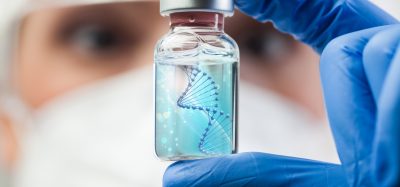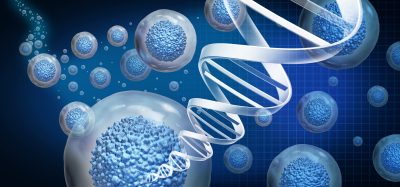UNSW discovery could lead to new Alzheimer’s treatments
Posted: 27 November 2015 | Victoria White | 1 comment
Researchers have discovered how connections between brain cells are destroyed in the early stages of Alzheimer’s disease…


Researchers have discovered how connections between brain cells are destroyed in the early stages of Alzheimer’s disease.
The work, led by scientists from the University of New South Wales (UNSW), opens up a new avenue for research on possible treatments for the disease.
“One of the first signs of Alzheimer’s disease is the loss of synapses – the structures that connect neurons in the brain,” says study leader, Dr Vladimir Sytnyk, of the UNSW School of Biotechnology and Biomolecular Sciences. “Synapses are required for all brain functions, and particularly for learning and forming memories. In Alzheimer’s disease, this loss of synapses occurs very early on, when people still only have mild cognitive impairment, and long before the nerve cells themselves die.
Biomarkers aren’t just supporting drug discovery – they’re driving it
FREE market report
From smarter trials to faster insights, this report unpacks the science, strategy and real-world impact behind the next generation of precision therapies.
What you’ll unlock:
- How biomarkers are guiding dose selection and early efficacy decisions in complex trials
- Why multi-omics, liquid biopsy and digital tools are redefining the discovery process
- What makes lab data regulatory-ready and why alignment matters from day one
Explore how biomarkers are shaping early drug development
Access the full report – it’s free!
“We have identified a new molecular mechanism which directly contributes to this synapse loss – a discovery we hope could eventually lead to earlier diagnosis of the disease and new treatments.”
Synaptic NCAM2 levels low in those with Alzheimer’s disease
The team studied a protein in the brain called neural cell adhesion molecule 2 (NCAM2) – one of a family of molecules that physically connects the membranes of synapses and help stabilise these long lasting synaptic contacts between neurons.
Using post-mortem brain tissue from people with and without the condition, they discovered that synaptic NCAM2 levels in the part of the brain known as the hippocampus were low in those with Alzheimer’s disease.
They also showed in mice studies and in the laboratory that NCAM2 was broken down by beta-amyloid/
“Our research shows the loss of synapses is linked to the loss of NCAM2 as a result of the toxic effects of beta-amyloid,” says Dr Sytnyk. “It opens up a new avenue for research on possible treatments that can prevent the destruction of NCAM2 in the brain.”
Related topics
Drug Discovery
Related conditions
Alzheimer’s disease









Dear Editor,
Appreciating that NCAM2 is found to be essential for synaptic stability, what about the plasticity (e.g. number, shape, martix connection) of dendritic spines in AD?